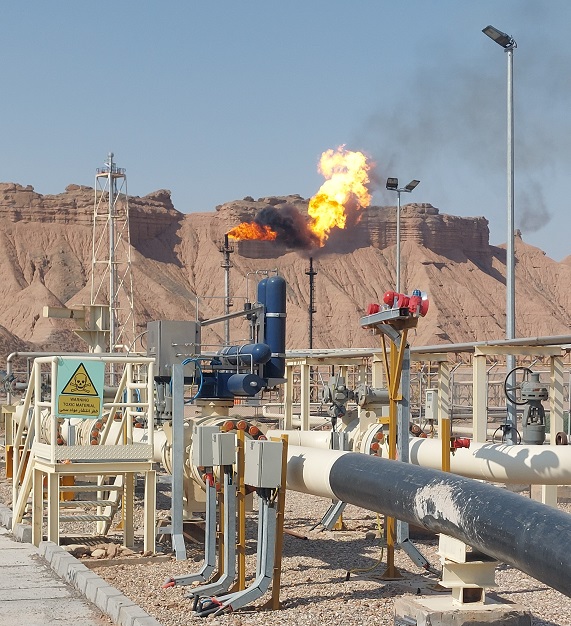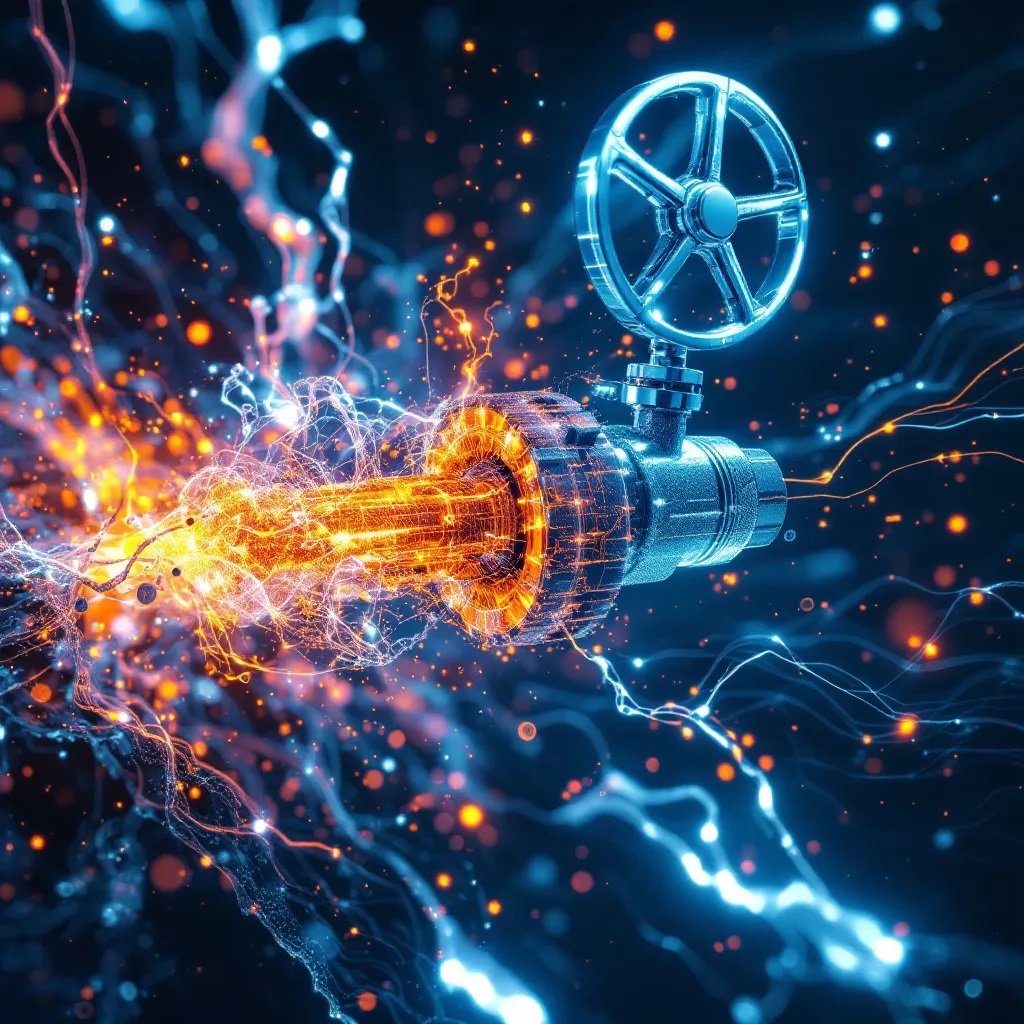Control valve Vs low-Carbon
Control valves are evolving rapidly, driven by advancements in automation, smart technology, and sustainability. Here’s what the future holds:
1. Smart and Automated Control Valves
- IoT Integration – Future control valves will feature real-time monitoring and predictive maintenance, reducing downtime and improving efficiency.
- AI-Driven Optimization – AI-powered valves will self-adjust based on system conditions, ensuring precise flow control and minimizing waste.
2. Energy-Efficient Designs
- Low-Friction Components – New materials and coatings will reduce energy loss, making fluid control more efficient.
- Zero-Leakage Technology – Advanced sealing techniques will prevent leaks, reducing emissions and improving sustainability.
3. Impact on Low-Carbon Initiatives
Control valves play a crucial role in carbon capture and emissions reduction:
Sustainable Flow Control – Valves designed for low-carbon applications help industries meet environmental regulations while improving operational efficiency.
Carbon Capture & Storage (CCS) – Specialized control valves regulate CO₂ transport and injection, ensuring safe and efficient sequestration.
Optimized Industrial Processes – Upgrading to high-efficiency valves can significantly reduce energy consumption and emissions in industries like power generation and manufacturing.
Industrial Energy Efficiency Improvements
Optimized Valve Selection for Carbon Sequestration – Proper valve selection can significantly improve carbon capture efficiency, reducing energy consumption and emissions.
Zero-Leakage Valves – Advanced sealing technologies prevent leaks, minimizing fugitive emissions and contributing to low-carbon industrial processes.


